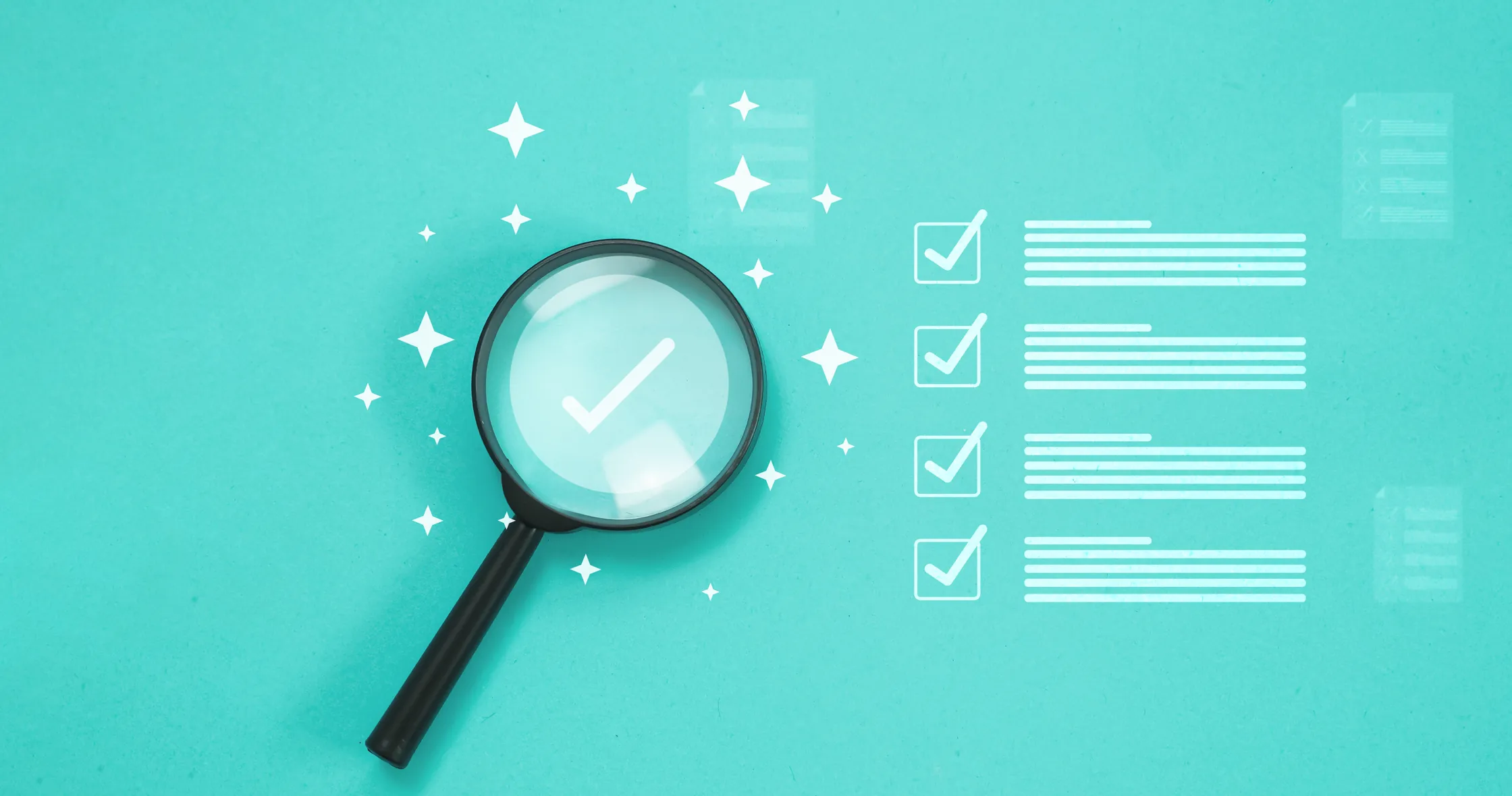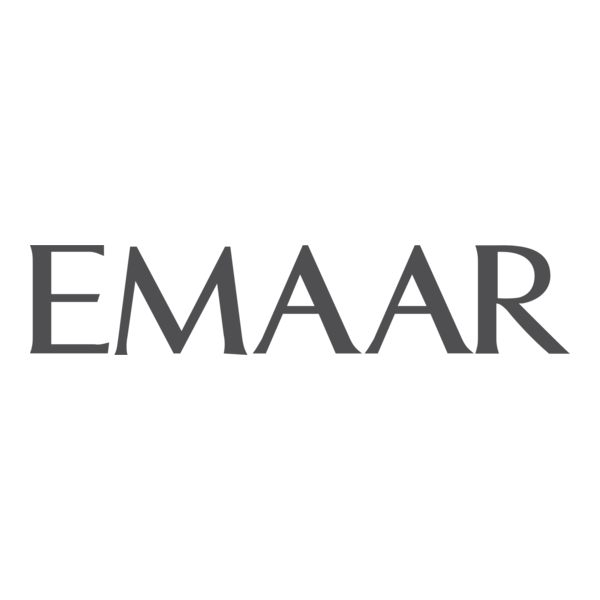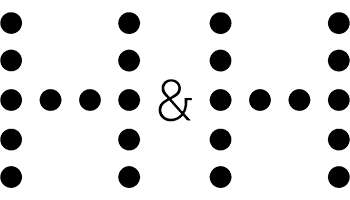Listing Dubai Apartments for Sale: Your 2025 Seller's Checklist

Step 1: Property Valuation and Preparation
The first step in your selling journey for Dubai apartments for sale is to establish a realistic and competitive asking price. This requires a thorough market analysis, comparing your property's features, location, and condition with recently sold properties in the same community. For a professional valuation in 2025, engaging a RERA-certified agent is the most reliable way to set a price that attracts serious buyers without undervaluing your asset. Understanding the price per square foot for similar Dubai villas for sale or townhouses for sale Dubai, including premium locations like Palm Jumeirah villas, can also provide valuable context, especially for Dubai luxury properties. This insight is crucial for informed property investment Dubai.
Once the price is determined, the focus shifts to presentation. First impressions are critical for potential buyers viewing your flat or unit, so prepare your home for professional photography and viewings. This includes:
- Decluttering: Remove personal items and excess furniture to make spaces appear larger and allow buyers to envision themselves living there.
- Repairs and Maintenance: Address any visible issues such as leaky faucets, damaged walls, or outdated fixtures. A fresh coat of neutral paint can significantly brighten the interior.
- Staging: Arrange furniture to maximise flow and highlight the home's best features. Ensure the property is clean, well-lit, and inviting.
- Exterior Appeal: Don't forget the garden and entrance, as this is the first thing a potential buyer sees.
Step 2: Appointing an Agent and Marketing
Choosing the right real estate agent is crucial for a successful sale of your apartment, flat, or property. Always select a RERA-approved agent with a strong track record in your specific area or community. You can verify an agent's registration status on the DLD website or the Dubai REST App using their unique ID number.
Once you select an agent, you will sign RERA Form A, which is the official agreement authorising them to market your property. This contract outlines all property details, the agreed-upon commission, and other terms. Many sellers of Dubai apartments for sale opt for an exclusive listing with a single brokerage. This often motivates the agent to invest more time and resources into marketing your unit effectively, and simplifies communication for you as the seller in 2025.
A comprehensive marketing strategy will then be developed, using professional photos and videos to showcase your property on major online portals. Highlighting unique features like a great view, nearby amenities, or a spacious balcony can attract more interest, appealing to those looking for prime property investment Dubai.
Step 3: What happens after receiving an offer
Once marketing begins, your agent will coordinate viewings with prospective buyers interested in Dubai apartments for sale or other residential units. When an offer is made, your agent’s negotiation skills become invaluable in securing the best possible price and terms. After you accept an offer, the next legal step is to sign the Memorandum of Understanding (MOU), officially known as RERA Form F.
Form F is the sale and purchase agreement between you and the buyer. It is a legally binding contract that includes all crucial details of the transaction:
- Full property details
- Names of the buyer and seller
- Agreed selling price
- Agent commission
- Any other specific terms and conditions
At this stage, the buyer typically pays a security deposit, usually 10% of the purchase price, which is held by the agent until the transfer is complete. This process remains consistent in 2025, ensuring transparency for all property investment Dubai transactions.
Step 4: Obtaining the No-Objection Certificate (NOC)
Before the ownership of your flat can be officially transferred, you must obtain a No-Objection Certificate (NOC) from the property’s master developer. This certificate confirms that all service charges and fees related to the property have been paid in full. To apply for the NOC, you and the buyer will need to meet with the developer.
You will typically need to provide your Title Deed, Emirates ID or passport, and a copy of the signed Form F. The developer charges a fee for issuing the NOC, which can range from AED 500 to AED 5,000. The process usually takes around five to seven working days. If you have an existing mortgage on your flat or residential unit, it must be settled in full before the developer will issue the NOC in 2025.
Step 5: Finalising the Ownership Transfer
With the NOC in hand, the final step is to meet with the buyer at a Dubai Land Department (DLD) trustee office to complete the ownership transfer. During this meeting, the buyer will present the final payment, typically in the form of a manager's cheque made payable to you.
Once all documents are verified and fees are paid, the DLD will issue a new Title Deed in the buyer’s name. This officially concludes the sale of your flat or property. If the buyer is financing the purchase through a mortgage, their bank's representative will also be present to register the mortgage against the new Title Deed. This process ensures a secure transfer for both parties in 2025.
A Breakdown of Seller Costs
While the buyer covers most DLD transfer fees for Dubai apartments for sale, sellers are responsible for several costs. It is important to factor these into your calculations to understand your net proceeds from the sale. Key expenses in 2025 include:
- Real Estate Agent Commission: Typically 2% of the sale price for flats, Dubai villas for sale, or townhouses.
- NOC Fees: Ranging from AED 500 to AED 5,000, payable to the developer.
- Mortgage Settlement Fees: If you have an existing mortgage, your bank may charge an early settlement fee.
- Transfer Fees: While typically paid by the buyer, sellers may sometimes agree to share the 4% DLD fee, especially in competitive markets for property investment Dubai.
Get Your Free Dubai Investment Guide
What's Inside:
- ✓8+1 reasons international investors buy in Dubai
- ✓Market overview – the numbers you must know before investing
- ✓Off-plan vs Ready – what are the advantages?
- ✓Top 6 emerging locations for off-plan investment
- ✓Golden Visa – frequently asked questions answered
Your information is private. We never spam.







